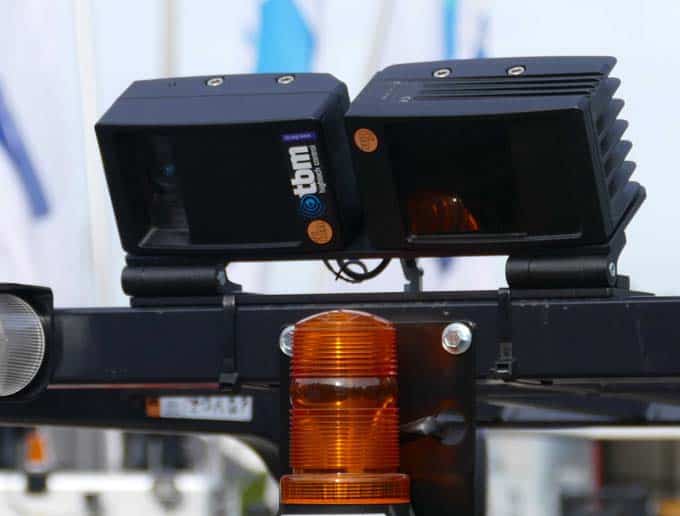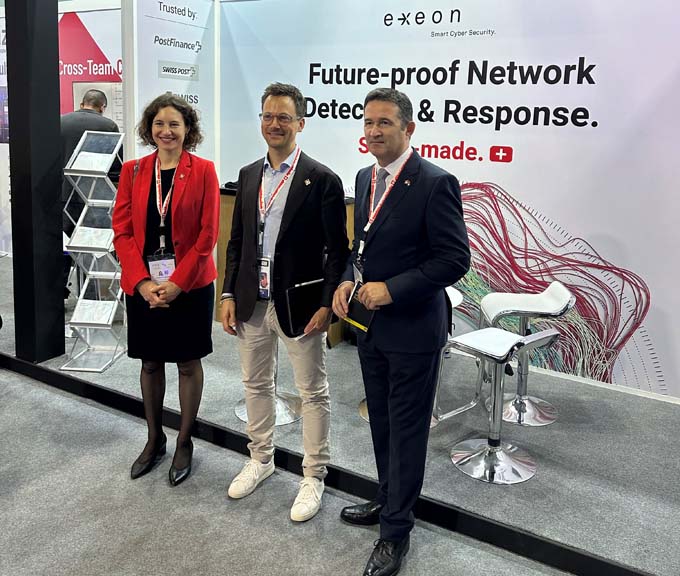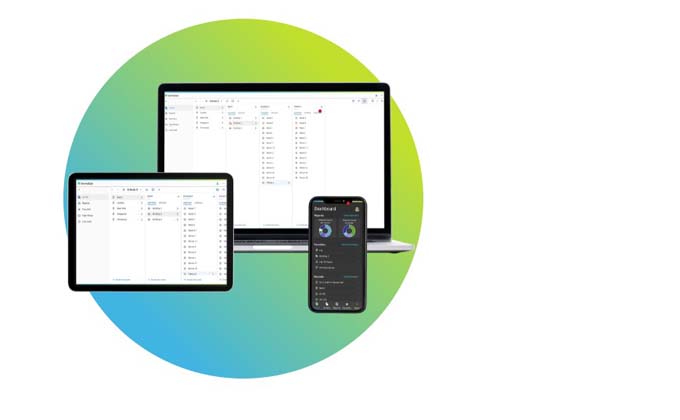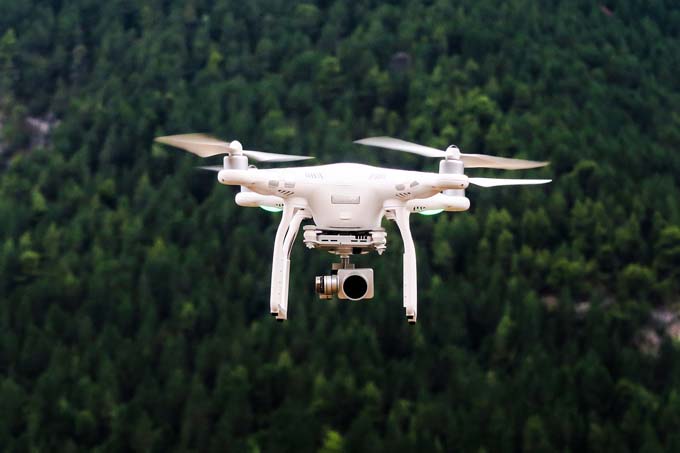Rear area monitoring for more safety in warehouse traffic
When reversing, forklift drivers have a severely restricted view and a large blind spot. Driving assistance systems are therefore being used more and more frequently in intralogistics. Time-of-flight distance measurement reliably detects people as well as objects and prevents collisions by actively reducing speed.

More and more companies are turning to safety and assistance systems to protect employees and goods during production. One area where there is a particularly high potential for danger is plant logistics. In order to avoid accidents and collisions with stored goods or rack walls here, the market offers numerous different solutions, whereby the quality of detection can vary greatly, for example in terms of differentiating between people and objects. More precise systems for rear area monitoring are particularly desirable.
Smart driver assistance systems prevent unnecessary braking
In practice, situations often arise that should make it possible to reduce speed automatically, but at the same time the system must work variably enough to be able to adapt to the potential danger of the situation in question. "In these cases, either all-round protection systems for the forklift or reversing protection systems are then suitable," reports Edgar Nassal, long-standing managing director of tbm hightech control GmbH from Aschheim near Munich. "However, 360° all-round protection for the forklift and the associated transponder systems result in the problem that the forklifts were often slowed down unnecessarily." This is where this company's driver assistance systems provide a remedy. In the RAM-107, the rear area is divided into three adaptive protection zones, with their length automatically adjusting to the truck speed. According to the manufacturer, this is intended to ensure trouble-free travel in narrow areas and when maneuvering, when the vehicle is driven slowly, and thus only short monitoring zones are active. Alarms are thus only triggered when a warning is actually required. This brings a high level of acceptance among drivers, the manufacturer promises.
Back room monitoring all around: 3D sensor technology uses time-of-flight measurement
In practice, this looks like this: From the driver's overhead guard, the RAM-107 monitors the rear of the vehicle with an optimum mounting position, almost without blind spots, directly to the rear of the vehicle. For this purpose, the integrated 3D sensor uses the time-of-flight method by means of patented PMD technology. The area to be monitored is illuminated with a modulated, invisible infrared light and the reflected light in turn hits the PMD sensor. Based on the phase shift between the transmitted and received signal, each pixel of the sensor chip now determines the distances between the stacker and the objects. Signal processing is supported by compact electronics with an intelligent evaluation algorithm, ensuring very high precision. "Unlike comparable systems, we can distinguish very accurately between standing people, people in a stooped position, low-lying trailers or shelf walls, and waist-high cartons," Nassal explains. "The system also reliably detects chasms such as ramps." The smart evaluation unit processes 1,024 pixels (data) per second and detects a test object of 30x30x30 cm at a distance of 3 m and reacts with an alarm signal. In other words, the foot of a person is enough to slow down the vehicle. With a stopping distance of e.g. 2.0 - 2.5 m, this is the necessary safety for pedestrians.
Visual and audible warning signals
From the cockpit, the driver is shown the three adjustable monitoring zones via a five-inch multifunction color monitor. In addition, the distance to the detected object is displayed both visually (green/yellow/red color change) and acoustically (increasingly faster sound signals). The live image and the real-time warning give the driver a full view of the danger zone at all times, which provides additional safety during storage and retrieval, i.e. daily work.
Further information on the Internet at: www.tbm.biz









